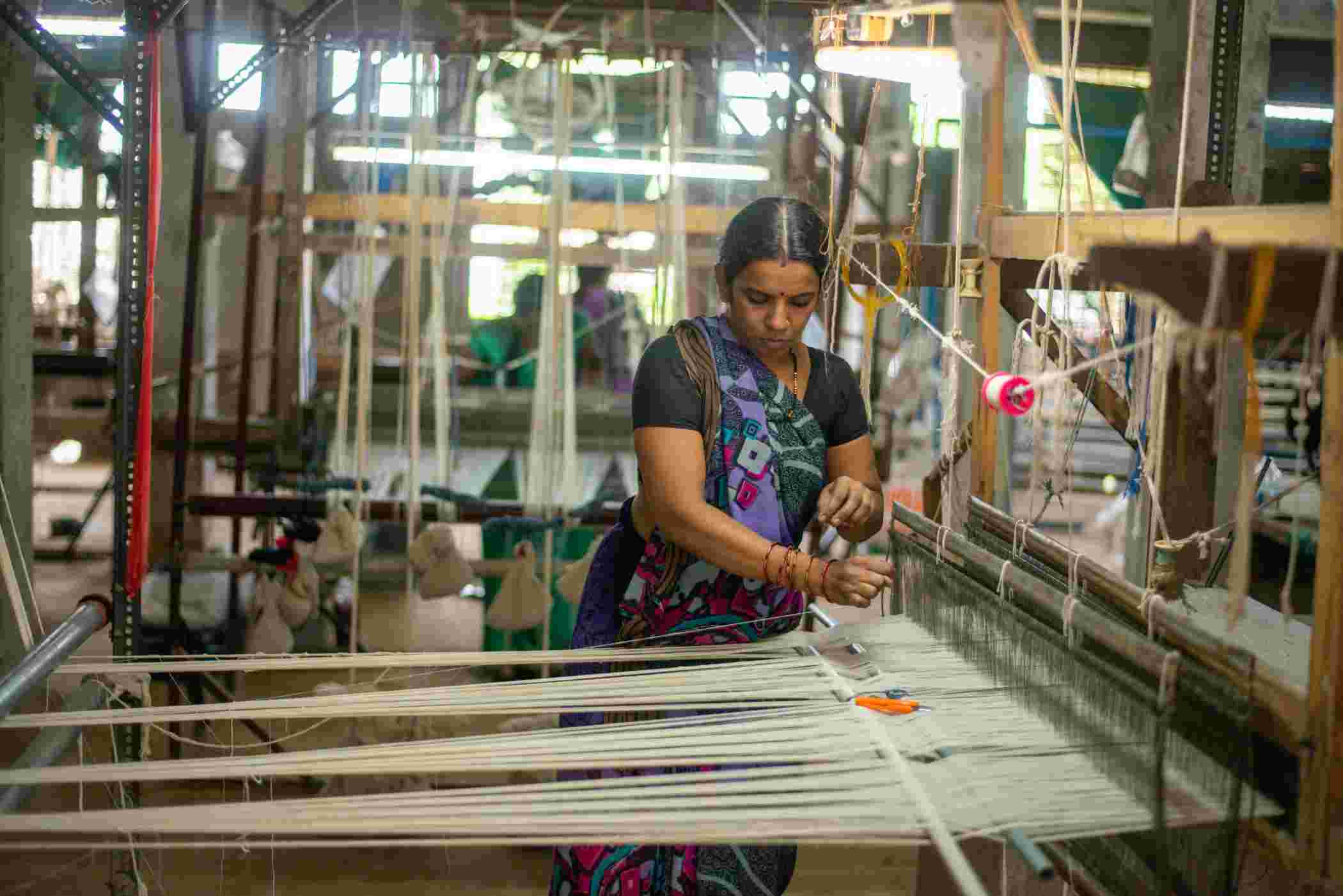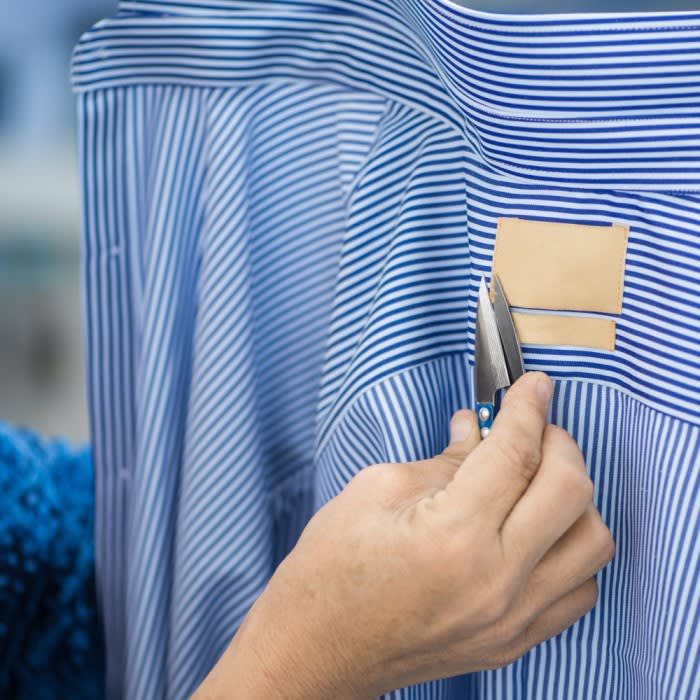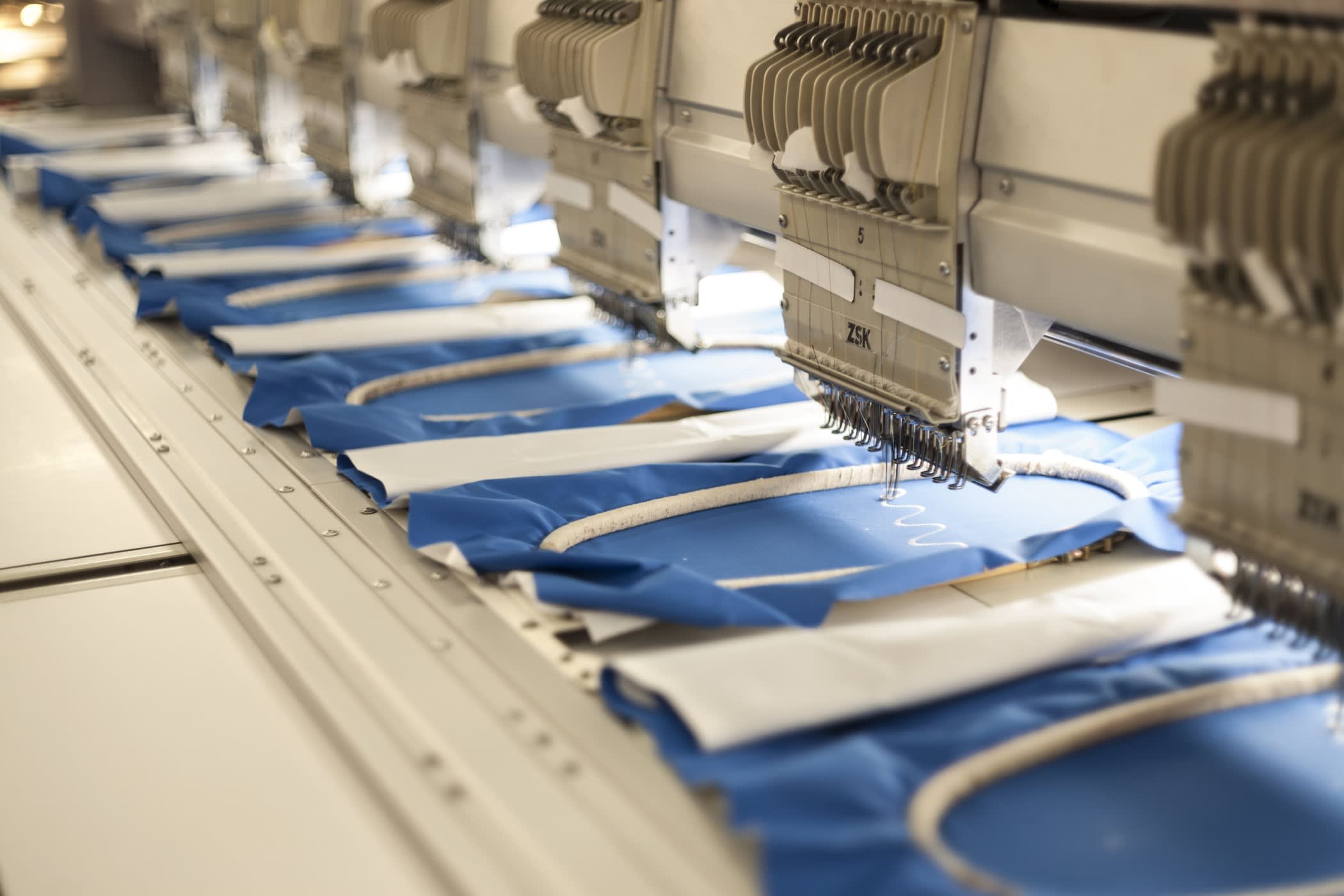Digital Textile Printing – The Technology and Production Processes

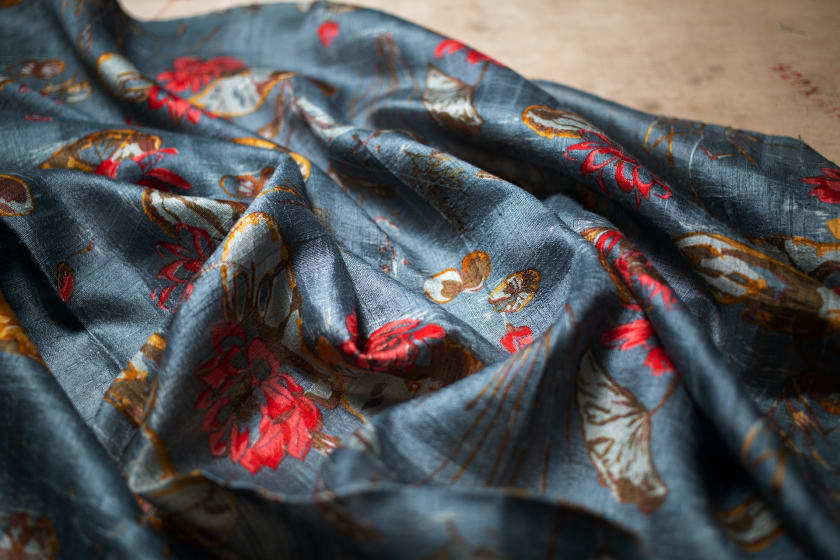

Introduction
The textile industry is known to be the most dynamic and ever-changing industry ever known to humans. Due to the constantly changing preference of people all across the globe, the industry is witnessing a revolution in the consumption pattern of textiles. The industry has evolved drastically from material to technological changes since its establishment. Digital fabric printing is one of the textile industry's most promising innovations. It has improved the standards and met the expanding demands of textile printing. With the help of digital printing technology, anything can be perfectly and easily printed on cloth.
What Is Digital Textile Printing?
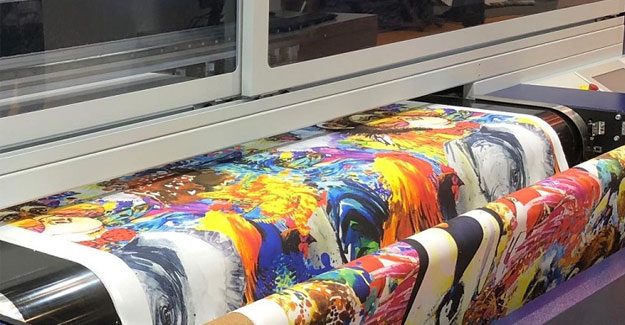
Digital printing refers to the process of reproducing digital images on physical surfaces. Paper, fabric, plastic, film, and other materials can all be used as the physical surface. Once the design is finished, it can be printed digitally on textiles and sent directly from the computer to the fabric.
There is no further step necessary for this process. Printing graphics on cloth is just as simple as printing an image on paper. A dye-sublimation printer, which performs the printing process by applying heat to transfer the design onto the fabric, is used to print the designs on the cloth digitally. Pre-treating the fabric is vital for digital printing. This guarantees that the ink is retained by the fabric effectively and allows for the use of a choice of colors.
This next generation of printing differs significantly from traditional fabric printing. Many textile business owners are stepping forward to invest in digital printing technology as this modern form of printing shows a lot of promise. To suit the demands of both home and foreign markets, the textile sector in India is embracing digital printing technology by printing cutting-edge designs on saris and garment fabrics.
Production Process of Digital Textile Printing
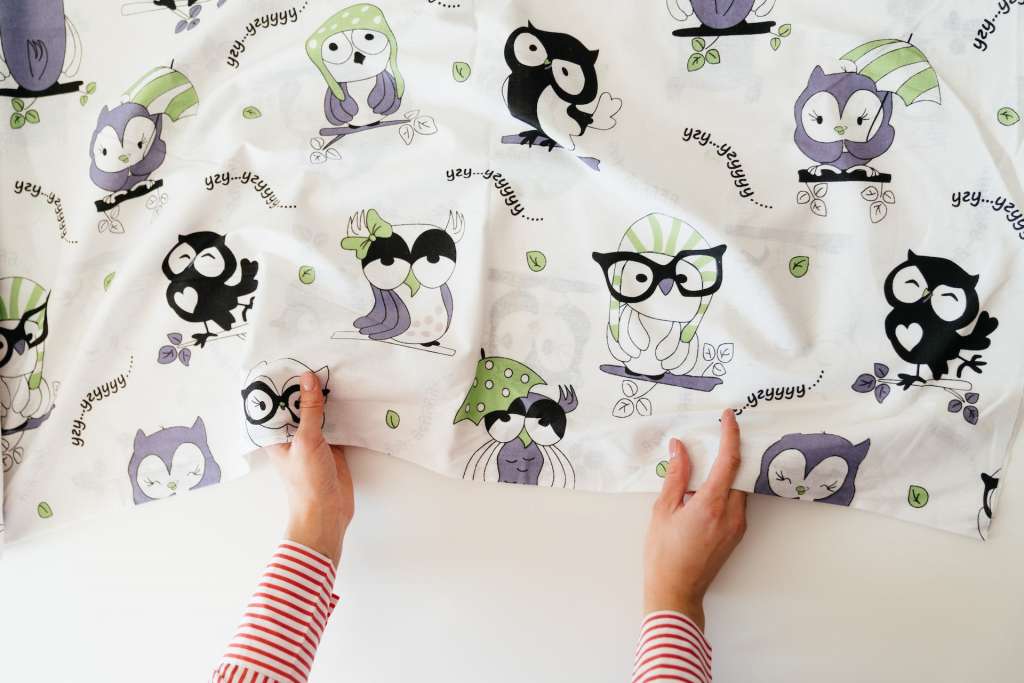
The steps that are involved in the process of digital textile printing are as follows:
Design Development
To begin, the paper design or theme is transformed into a soft file. There are two techniques to develop a design. First, through the digitization process, and second, if no changes are needed, photos can be directly scanned. The produced file is then stored in a format that may be printed. All necessary color schemes and image brightness adjustments are made at this step. This is one of the most important steps because it decides the base of the printing, that is, the design.
Fabric Processing
Before printing, the fabric needs to be selected and then prepared. In this stage, fabrics are chemically padded, typically with sizing materials. It makes the fabric stiffer for improved feeding during printing and aids in removing fabric wrinkles. On the flat bed, padding is carried out with the aid of a scraper. This is yet another important step that prepares the second base, that is, the fabric.
Printing
Images are printed on a substrate with the help of a printer server using the appropriate dye classes, and the printed cloth is then dried. The fabric is properly positioned first, without any looseness or wrinkles. The printer's heads are then adjusted based on the fabric's thickness. There are two major types of digital textile printing methods, which are explained below:
Direct to Fabric
Direct to fabric (DTF) printing involves printing right on the fabric roll. Different inks are used depending on the type of fabric. For example,
- Cotton fabrics employ pigment ink.
- Acid dyes are more effective on nylon and silk.
- Reactive dyes produce the most remarkable results on cotton and other viscose textiles.
- Disperse dyes are virtually exclusively utilized with polyester.
- Reactive ink, acid ink, and disperse ink are all printable on cotton, silk, polyester, and rayon with a DTF digital textile printer.
Direct to Garment
Direct to Garment (DTG) printing uses specialized or altered inkjet technology to print mainly cotton fabrics such as T-shirts. Using DTG printing, smaller droplet sizes, more exact positioning, and clearer graphics can be printed on both bright and dark fabrics.
Dye Fixation
When printing, dyes are only temporarily attached to the fabric's surface; if we use this material, the dye will be rinsed out over time. Therefore, fixing the dyes is important for good fastness properties.
Fixing printed textiles typically involves steaming. Under atmospheric pressure, reactive and acid dyes are heated to a little above 100°C. The steam condenses on the cloth throughout the process, and the thickening and hygroscopic chemicals in the printed areas absorb it. The thickening film dissolves dyes and chemicals and creates exceedingly concentrated dye baths. At this point, dye molecules enter the fibers from the fabric's surface and become permanently attached. This method is known as the fixation process.
Washing
The last but one of the most vital steps in the process of digital textile printing is to wash the fabric after the completion of the printing process. Due to the risk of dye staining the white or unprinted areas, thickener, auxiliaries, and loose dye should be removed before washing. Adding reagents that keep the unfixed dye in the bath can reduce the probability of this staining occurring further. In the first bath, while washing off acid dyes, for instance, the addition of 1 g/L sodium carbonate prevents protonation of amino groups on nylon, wool, or silk, thereby removing any possible dye sites.
There are three steps of the washing:
Step 1: The fabric is to be first rinsed in cold water.
Step 2: The fabric is then washed in hot water (between 80°C and 90°C) with 2 to 3 drops of a surfactant.
The primary criterion for removing reactive dye prints after the initial cold rinse is to ensure that the hot wash temperature reaches at least 90°C; otherwise, the hydrolyzed dye may not be removed.
Step 3: The fabric is washed with cold water once more.
Conclusion
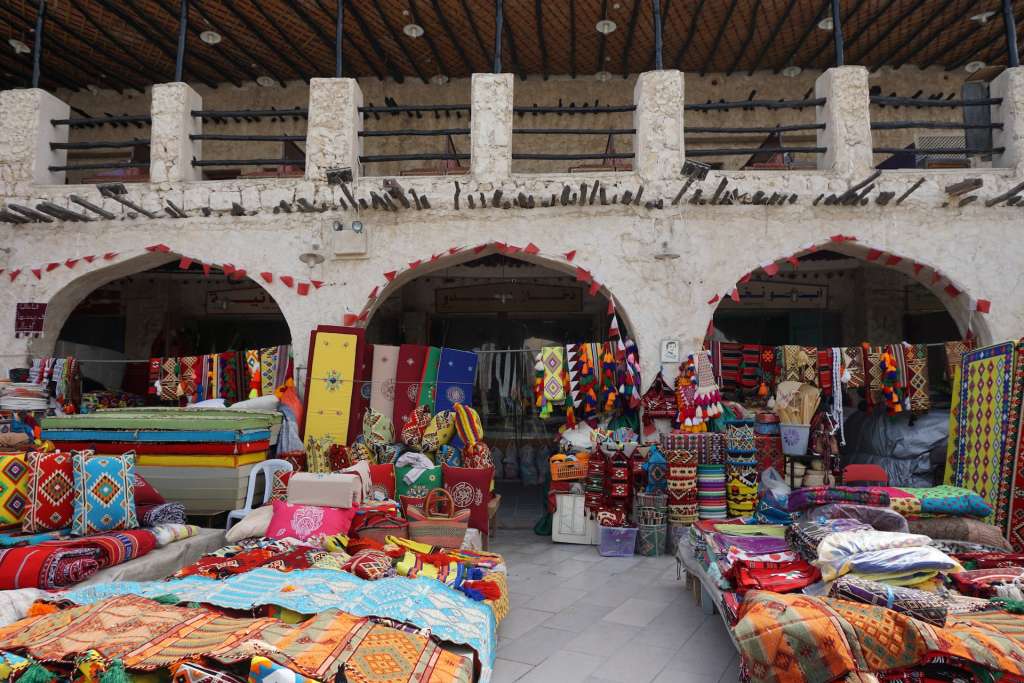
Digital textile printing is the fastest-growing subset of textile machinery. More printers are switching from conventional to digital textile printing as a result of the advantages of this system. Digital textile printing is quite a profitable and advantageous process.
This process lowers the fixed cost involved in the production process. It also ensures that designs are created digitally and changed immediately. Quick sampling and short lead times are possible through this process. It also results in incredibly precise designs, versatility, and an infinite number of color combinations. Digital textile printing promotes sustainability by causing less wastage and also prevents the deposition of nickel onto the fabric. Overall, the process is effective and has already received a green flag from the textile industry.
The B2B fashion technology firm Fashinza concentrates on providing support for manufacturers in the garment and fashion industries. It has worked with over 150 brands and is constantly working on providing the best information and the latest updates. Being your manufacturing and designing partner, it can assist more with Digital Textile Printing. Visit the website now to get complete information.















